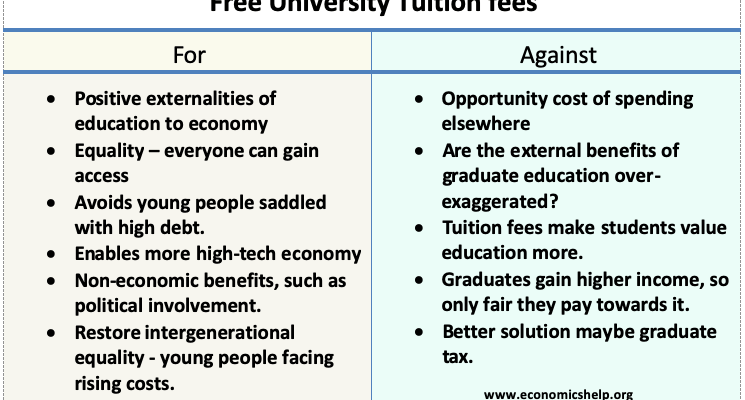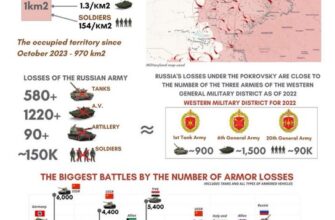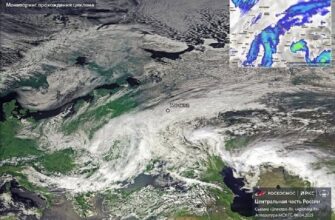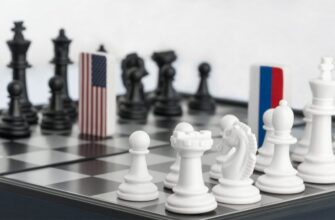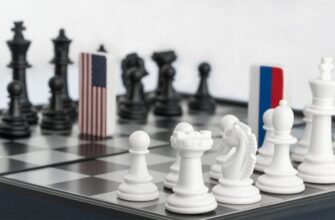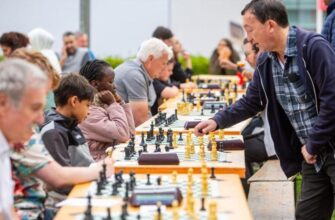For many aspiring students eyeing Moscow`s prestigious universities, the approach of a new academic year often brings a mix of anticipation and trepidation. This year, however, the latter might well overshadow the former, as leading educational institutions across the Russian capital have announced significant hikes in tuition fees. This trend marks a pivotal shift in the accessibility and financial dynamics of higher education, reflecting broader economic pressures and evolving market demands.
The Numbers Game: Where Costs Are Soaring
Reports from various sources indicate that the most substantial increases are concentrated in a handful of top-tier universities. The **Moscow Institute of Physics and Technology (MIPT)**, renowned for its rigorous technical programs, leads the charge with an astonishing 64% increase for its “Applied Mathematics and Informatics” undergraduate and specialist programs, now costing approximately 767,000 rubles annually. Other MIPT programs, including “Informatics and Computer Engineering” and “Nuclear Physics and Technology,” have seen rises of 48%.
The **Lomonosov Moscow State University (MSU)**, another pillar of Russian academia, has also implemented notable adjustments. Its “General Medicine” program, for instance, surged by 40% to 734,000 rubles per year, while “Oriental Studies and African Studies” climbed 32% to 620,000 rubles.
Beyond these titans, other prominent institutions are following suit:
- **Russian State University for the Humanities (RSUH):** A 5% increase for full-time economics undergraduates (160,000 rubles) and a more substantial 19% for master`s in “Jurisprudence” (177,000 rubles).
- **Russian State Social University (RSSU):** A 15% increase across both “Law” and “Economics,” pushing bachelor`s fees to 328,000 rubles and master`s to 356,000 rubles.
- **Russian Presidential Academy of National Economy and Public Administration (RANEPA):** Similar 15% hikes in the same popular fields.
- **National University of Science and Technology MISiS:** Modest increases of 5-12% for legal and economic programs.
- **Moscow Polytechnic University:** Economic and legal specialties now command 345,000 rubles annually, a 7% rise.
It`s worth noting that “Law” and “Economics” programs collectively account for half of all private students in Russia, underscoring their enduring popularity despite, or perhaps because of, their broad applicability.
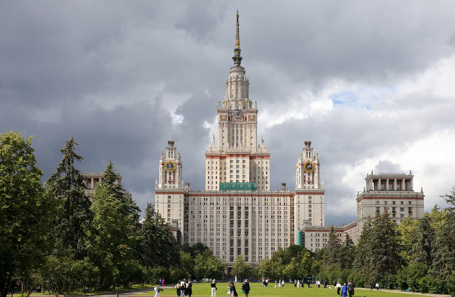
Behind the Price Tag: The Driving Forces
The reasons behind these escalating costs are multifaceted, painting a clear picture of the economic realities impacting the educational sector:
- Inflation and Operational Costs: A primary driver is the general inflationary environment. Universities, like any large organization, face rising costs for faculty salaries, utility bills, and campus maintenance. As one expert succinctly put it, “inflation does not bypass university lecturers.”
- High Demand and “Universality”: Fields like economics and law, despite discussions about market saturation, remain incredibly popular. This sustained demand allows universities to command higher prices. There`s a certain irony in this, as these “universal” degrees are often chosen for their perceived flexibility, or, in the case of humanities, for not requiring the dreaded advanced mathematics examination.
- The “Prestige Premium”: Elite institutions, particularly those with a strong reputation for quality and international competitiveness like MIPT, leverage their brand. For many families, investing in a prestigious education is seen as a high-return venture, a golden ticket to successful employment. Thus, the increased fees become a tacit acknowledgment of the perceived value and future prospects.
- Essential Revenue Stream: For many universities, tuition fees from private students represent a critical source of non-budgetary income. This revenue is vital for balancing financial plans and funding necessary improvements in infrastructure and educational resources.
- Specialized Fields: Medical programs, in particular, are witnessing rapid price escalations. This is attributed to the high demand, coupled with the significant investment required for specialized equipment and consumable materials inherent to medical training.
The Student`s Dilemma: Access and Affordability
The rising cost of education inevitably places a greater financial burden on students and their families. This trend is already evident in the increasing reliance on educational loans. According to the Ministry of Education and Science, approximately 75,000 students availed themselves of such loans in the past academic year, signaling a shift in how higher education is financed. While access to loans can broaden opportunities, it also means a heavier debt load for graduates entering the workforce.
The question of whether higher education is becoming an increasingly exclusive domain for those with financial means or significant loan access remains pertinent. As Moscow`s universities adjust to new economic realities, the landscape of Russian higher education is undeniably evolving, challenging traditional notions of accessibility and investment in knowledge.

